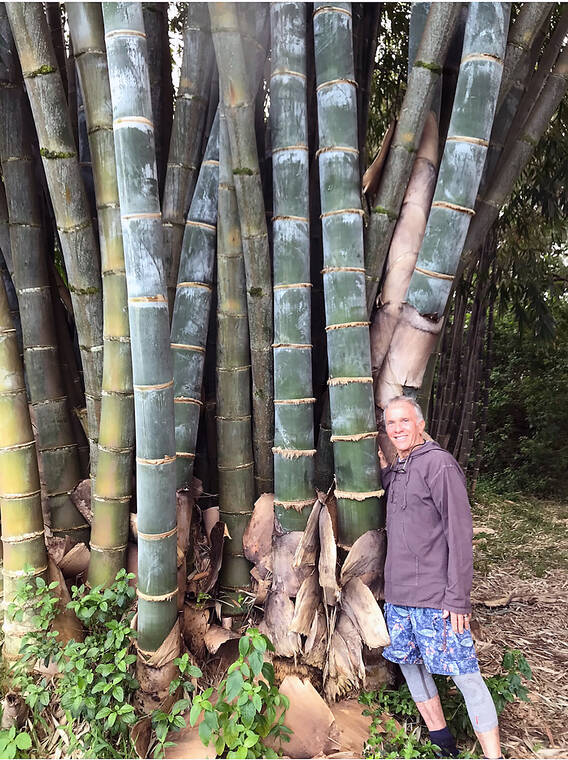Back in the 1940s, progressive and futuristic farmers were aware of the big mistakes farmers and ranchers had made in the earlier days causing lands to deteriorate. Today, we are still trying to improve our relationship with the environment Terms like sustainable agriculture, integrated pest management, organic farming and permaculture are used by folks concerned about minimizing our negative impact on the planet. We now focus on minimizing our carbon footprint as we experience the effects of global warming.
Let’ take a look at the concept of permaculture as we face today’s challenges. Permaculture utilizes a design methodology to create a sustainable way of life for all species, especially humans. By integrating information about natural ecosystems with human activities and needs, we can create a future that is truly sustainable, environmentally and economically sound, and physically and socially healthy.
Most of the permaculture curriculum deals with what are termed “visible structures.” These are all the elements that we can see in the landscape such as windbreaks, orchards, aquaculture ponds, gardens, dwellings, roads, etc. These elements are designed according to several design principles such as analysis of needs and yields. Each visible structure or plant and animal species has both needs and yields.
A pollutant might be looked at as an unused resource. Many agricultural systems have one product and lots of pollutants. Permaculture has many products and hopefully few or no pollutants. By placing elements or species in proper spatial relationship to each other, a connection is made that matches the yields of one element to the needs of another, changing a problem into a resource. While fallen fruit from mango or other trees may breed fruit flies and create unpleasant odors, by letting chickens forage in an orchard area, the problem fruit, insect eggs and larvae are converted into a rich chicken food source. Chickens can also provide weeding, manure and insect control to any orchard thus both the chickens and orchard benefit.
Chickens also fulfill another design concept that strives for multiple functions for single elements. In addition to their orchard maintenance functions, they also produce eggs and meat, and consume kitchen wastes. Another example might be a mango tree that produces food, shade, provides bee forage and predator habitat, and could be a natural jungle gym for children’s play.
To conserve energy, designs are laid out by zones that place elements in relation to the dwelling, based on the frequency one visits that element. For instance, fresh herbs that might be used every day, would be placed very near the house, perhaps even in containers near the kitchen door. One might harvest vegetables, papayas, and limes several times a week, so they would also be placed somewhere near the house. A mango or avocado tree or orchards that only come into bearing seasonally would be placed farther away. Pasture animals are usually placed farther away from the house as are forestry and wilderness areas.
Permaculture covers a broad range of topics, always making connections between topics, and always looking for ways to create resources from problems. Special attention is given to trees and their material and energy transactions, especially reforestation and permanent tree cropping and agroforestry systems. Also, attention should be given to water and ways to store and reuse it, aquaculture systems, to soils, their composition and structure, and how to enrich them. It is important to expand these concepts to create sustainable communities. The integration of all these topics creates “villages” based on permaculture concepts that are the ultimate goal. It sounds a bit utopian but earlier island cultures either learned this lesson or did not survive. We are now an island culture made up of the entire planet.
Permaculture addresses virtually all aspects of our society and economy. It is a valuable concept for people involved in such diverse disciplines as education, agriculture, forestry, land-use or energy planning, landscaping, economic development, financial systems, small business opportunities, legislation advocacy, tourism, environmental preservation, nutrition, and the connections among all of these areas. Many are attempting to address these issues. If we succeed, humanity can flourish. If we fail, we will see more starvation, mass migrations, wars and pandemics. We have little time to waste!

